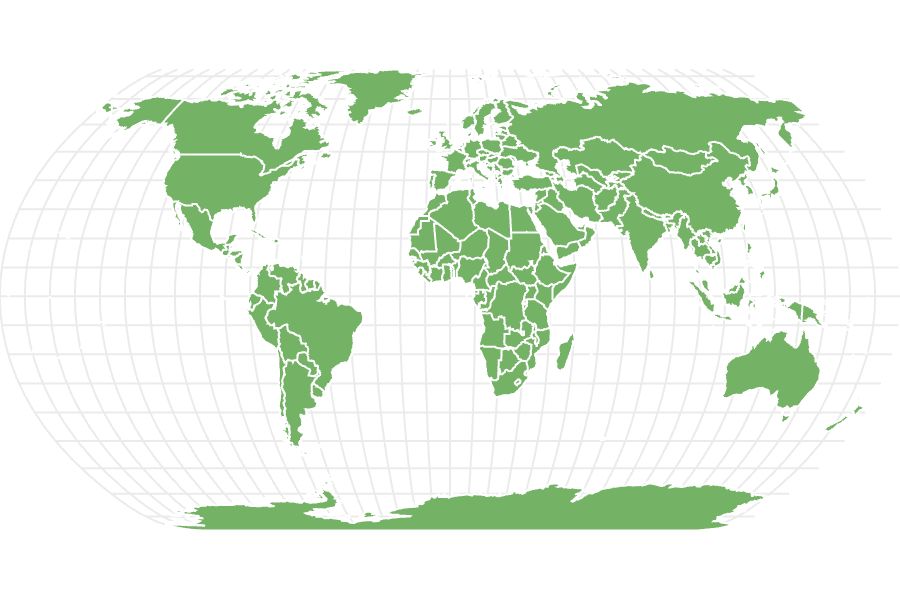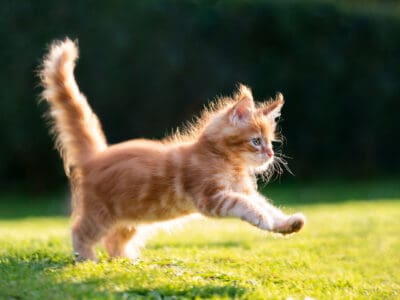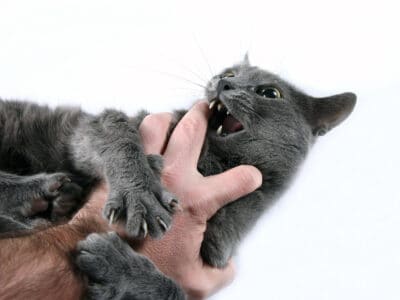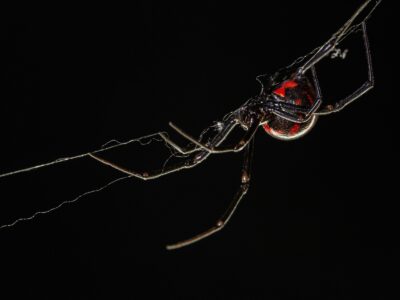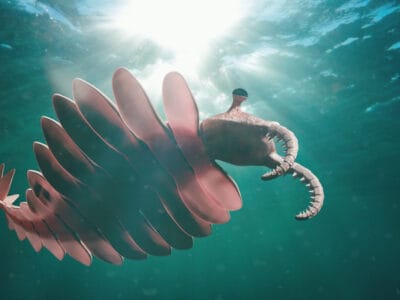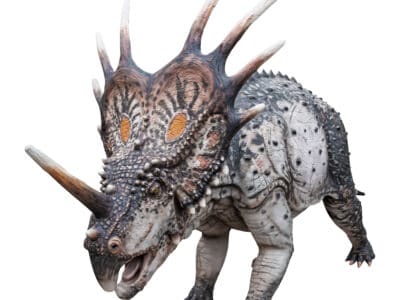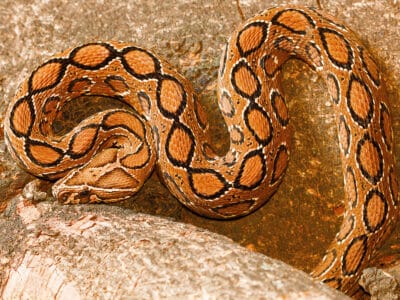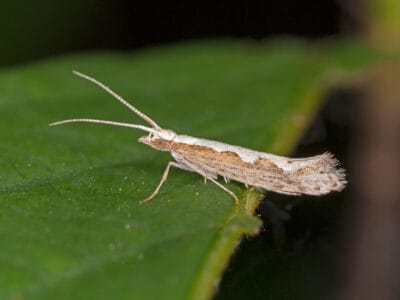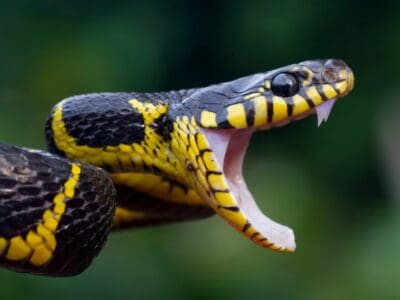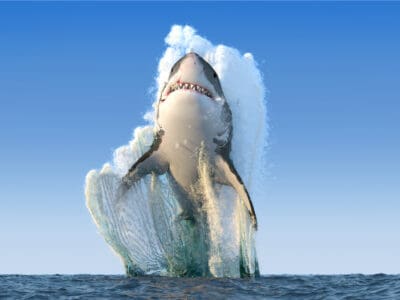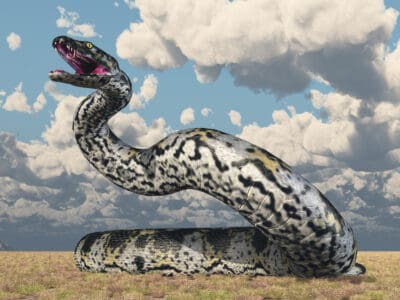Emperor Penguin
.jumbotron {
background-image: url(“https://a-z-animals.com/media/animals/images/original/emperor_penguin-400×300.jpg”);
}
}
@media only screen and (min-width: 641px) and (max-width: 920px) {
.jumbotron {
background-image: url(“https://a-z-animals.com/media/animals/images/original/emperor_penguin-410×370.jpg”);
}
}
@media only screen and (min-width: 921px) {
.jumbotron {
background-image: url(“https://a-z-animals.com/media/animals/images/original/emperor_penguin.jpg”);
}
}
Emperor Penguin
Aptenodytes forsteri
The world’s largest species of penguin!
Emperor Penguin Scientific Classification
- Kingdom
- Animalia
- Phylum
- Chordata
- Class
- Aves
- Order
- Sphenisciformes
- Family
- Spheniscidae
- Genus
- Aptenodytes
- Scientific Name
- Aptenodytes forsteri
Read our Complete Guide to Classification of Animals.
Emperor Penguin Conservation Status
Emperor Penguin Facts
- Prey
- Fish, Krill, Squid
- Name Of Young
- Chick
- Group Behavior
-
- Colony
- Fun Fact
- The world’s largest species of penguin!
- Estimated Population Size
- 200,000 breeding pairs
- Biggest Threat
- Global warming
- Most Distinctive Feature
- Bright yellow feathers on neck and ears
- Wingspan
- 76cm – 89cm (30in – 35in)
- Incubation Period
- 60 – 70 days
- Age Of Fledgling
- 5 – 6 months
- Habitat
- Compact sea-ice and ocean
- Predators
- Southern Giant Petrol, Leopard Seal, Killer Whale
- Diet
- Carnivore
- Lifestyle
-
- Diurnal
- Common Name
- Emperor Penguin
- Number Of Species
- 1
- Location
- Antarctica
- Average Clutch Size
- 1
- Slogan
- The world’s largest species of penguin!
- Group
- Bird
This post may contain affiliate links to our partners like Chewy, Amazon, and others. Purchasing through these helps us further the A-Z Animals mission to educate about the world’s species..

Spiders that fly! Fish that walk! And 1000+ more incredible animals. Discover them all for FREE
.photo-gallery {
–margin: 0px auto 0px;
–padding: 0px 0px 0px 0px;
}
.gallery-link {
background-image: url(“https://a-z-animals.com/media/animals/images/original/emperor_penguin.jpg”);
background-repeat: no-repeat;
background-size: cover;
background-position: center;
height: 500px;
justify-content: center;
text-align: center;
align-items: center;
display: flex;
border: 2px solid #000;
}
.gallery-link img {
height: 50%;
}
@media only screen and (max-width: 768px) {
.gallery-link {
height: 300px !important;
}
}
View all of the Emperor Penguin images!
Emperor Penguin Classification and Evolution
The Emperor Penguin is found on and around the Antarctic continent and is not just the largest species of penguin in the world but also one of the most unique. Instead of breeding in the warmer summer months like other penguin species, Emperor Penguins lay and incubate their eggs during the coldest time of year in the coldest place on Earth. Emperor Penguins are flightless birds that have small, stiff wings that help them to fly through the water, rather than through the air. Despite having been first recorded by Captain Cook on his second voyage in the late 1700s, the first Emperor Penguin colony wasn’t discovered until 1902 with their extreme southerly-dwelling nature leading to new colonies still being recorded as late as 1986. Due to the fact that Emperor Penguins breed on the ice, they are thought to be one of the only species of bird that could spend their whole life without actually walking on land.
Emperor Penguin Anatomy and Appearance
The Emperor Penguin is a large bird that stands up to more than a meter in height. Their feathers vary in colour from black on the back to white on the front with a yellow patch towards the neck. The black and white colouration is thought to be particularly important for camouflaging the Emperor Penguin from predators whilst in the ocean. They also have yellow ear-spots and a orange-yellow strip that runs the length of their black beak, which is relatively small in size to retain heat. Their black, clawed feet are also webbed to help them when swimming but provide little assistance when walking about on land (instead Emperor Penguins slide along on their belly). In order to keep themselves warm in such hostile conditions, they have a triple layer of dense, oily and waterproof feathers and a thick layer of blubber under their skin. They are also well adapted for swimming with their streamlined bodies gliding through the water, propelled by their small, rigid wings.
Emperor Penguin Distribution and Habitat
Emperor Penguins are found in the deep south, inhabiting the compacted ice on the Antarctic continent and along the coast. Coming onto land to breed, they can travel distances of up to 200km across the ice to reach their breeding colony before returning to the open ocean to feed. Unlike a number of other penguin species that may visit the Antarctic continent from time to time, the Emperor Penguin does not migrate north and instead spends the whole year deep in the Southern Ocean. In fact, only two of the forty known Emperor Penguin colonies breed on ice that is not attached to the Antarctic mainland. Emperor Penguins however, are being increasingly affected by habitat loss in the form of global warming that not just reduces the amount of pack ice surrounding the continent but also causes it to melt earlier in the year.
button.pulse {
transform: scale(1); animation: pulse 2s infinite;
box-shadow: 0 0 0 0 rgba(11, 247, 25, 1);
}
@keyframes pulse {
0% { transform: scale(0.90); box-shadow: 0 0 0 0 rgba(11, 247, 25, 0.5); }
60% { transform: scale(1); box-shadow: 0 0 0 15px rgba(11, 247, 25, 0); }
100% { transform: scale(0.90); box-shadow: 0 0 0 0 rgba(11, 247, 25, 0); }
}
Emperor Penguin Behaviour and Lifestyle
Emperor Penguins are incredibly sociable birds that live together in colonies that can contain thousands of individuals. Once having found a mate, Emperor Penguins remain faithful to one another for life and use vocal calls to find each other again when they return to the breeding site. They are excellent swimmers that are also known to leap out of the water when they are travelling at speed in the same way as dolphins. Known as “porpoising” it allows the Emperor Penguin to breathe but without having to slow down. They are also known to dive to depths of more than 500 meters making them the deepest diving birds in the world, where they are able to hold their breath for up to 20 minutes at a time. Usually travelling at speeds of between 5 and 10 kph but capable of swimming at 24 kph, Emperor Penguins can travel as far as 1,000km on a foraging trip.
Emperor Penguin Reproduction and Life Cycles
Emperor Penguins breed every year in the winter months which are the coldest, darkest and most hostile months of the Antarctic year. They begin arriving in their breeding colonies that can be many miles from the ocean between March and April and once having found their mate, the females lay a single egg from May to June. The egg is quickly transferred to the male who rests it on his feet to stop it from touching the frozen ground, and covers it with a warm brood pouch that keeps the egg warm. Female Emperor Penguins then leave for the open ocean where they forage for food for two whole months, leaving the males to look after the eggs during the winter months. Temperatures can reach -60 degrees centigrade and with winds of up to 100 mph the male Emperor Penguins huddle together for warmth, alternating between the outskirts and the middle to ensure all members of the colony get to keep warm. The eggs hatch after 70 days in the spring which coincides with the return of the females who feed the young and keep them warm using their brood pouch on their tummies, while the males head off to find food. Once having eaten, the males return to help care for the chick which grows rapidly and has developed its adult feathers by December when the ice is melting and the ocean is then closer to the breeding grounds.
Emperor Penguin Diet and Prey
The Emperor Penguin is a carnivorous animal that only hunts and eats animals in the surrounding water in order to survive. Emperor penguins eat mostly fish, but also supplement their diets with krill, other crustaceans, and squid. Like other penguin species, Emperor Penguins have a rough and spiky tongue which helps them when trying to eat slippery fish. Emperor Penguin chicks are not big enough or strong enough to hunt until the ice melts in the summer and so rely on their parents to collect food for them. Males and females take it in turns to leave the chick and head out to the sea to hunt for food before returning and feeding the fast-growing chick by regurgitating a fishy paste from their stomach in the chick’s mouth. Whilst incubating their egg throughout the winter, male Emperor Penguins eat nothing at all and can lose up to half of their body weight by the time the chick has hatched two months later.
Emperor Penguin Predators and Threats
Emperor Penguins are preyed upon by a number of large, marine carnivores but their exact predators do vary between geographic locations. However, despite inhabiting the most southerly and hostile land mass on the planet, Emperor Penguin chicks are still vulnerable and are preyed upon by the enormous Southern Giant Petrel which is an animal that is thought to be responsible for more than 30% of deaths in Emperor Penguin chicks. Adult Emperor Penguins are preyed upon by Leopard Seals and Killer Whales, both of which also take young Emperor Penguins that are only just learning how to swim. Emperor Penguins are also threatened by the decreasing amount of pack ice which is caused by global warming and are sometimes also caught in the nets of large, commercial fishing vessels.
Emperor Penguin Interesting Facts and Features
When arriving back at their breeding grounds after having been feeding in the ocean for the past few months, male and female partners find one another using different vocal calls. It is thought that the frequency differs between them to make it easier for them to locate one another. The same also applies with parents and chicks when reuniting after a fishing trip. Despite the fact that Emperor Penguin chicks grow remarkably quickly, they are not able to accompany their parents into the water until between November and December and instead gather together with other chicks in small groups to keep warm. They are not just faced with a long walk out to the open ocean until the ice melts further, but they must also wait until they have developed their adult feathers which are dense and oily to keep the young Emperor Penguin both warm and waterproof.
Emperor Penguin Relationship with Humans
Ever since explorers first started really venturing into the very south of the Southern Ocean and onto the Antarctic continent, they have been fascinated by penguins. In the early 20th century, scientists widely believed that Emperor Penguins were some kind of evolutionary “missing link” and although this theory has dissolved somewhat since then, they are still thought to have evolved from some of the first and most primitive bird species on the planet. Emperor Penguins have been increasingly studied as improved technology has enabled more and more people to visit them in their natural habitat. They have also been hunted and eaten by people in the past.
Emperor Penguin Conservation Status and Life Today
Today, the Emperor Penguin is listed by the IUCN as a species that is of Least Concern from becoming extinct in the wild in the near future. In fact, their southerly-dwelling nature may mean that they are the least vulnerable of the eighteen different species of penguin. There are thought to be around 200,000 breeding pairs of Emperor Penguin in the Southern Ocean and although populations remain healthy and relatively stable, they are being increasingly affected by the rapidly melting ice and the higher levels of human activity around Antarctica.
View all 68 animals that start with E
Emperor Penguin FAQs (Frequently Asked Questions)
Emperor Penguins vs King Penguins
The two largest species of penguins are emperor penguins and king penguins. The key differences between the two are that emperor penguins are larger and have a more hooked beak than king penguins.
Are Emperor Penguins herbivores, carnivores, or omnivores?
Emperor Penguins are Carnivores, meaning they eat other animals.
What Kingdom do Emperor Penguins belong to?
Emperor Penguins belong to the Kingdom Animalia.
What phylum do Emperor Penguins belong to?
Emperor Penguins belong to the phylum Chordata.
What class do Emperor Penguins belong to?
Emperor Penguins belong to the class Aves.
What family do Emperor Penguins belong to?
Emperor Penguins belong to the family Spheniscidae.
What order do Emperor Penguins belong to?
Emperor Penguins belong to the order Sphenisciformes.
What genus do Emperor Penguins belong to?
Emperor Penguins belong to the genus Aptenodytes.
What type of covering do Emperor Penguins have?
Emperor Penguins are covered in Feathers.
Where do Emperor Penguins live?
Emperor Penguins live in Antarctica.
In what type of habitat do Emperor Penguins live?
Emperor Penguins live in compact sea-ice and oceans.
What are some predators of Emperor Penguins?
Predators of Emperor Penguins include southern giant petrel, leopard seals, and killer whales.
What is the average clutch size of an Emperor Penguin?
Emperor Penguins typically lay 1 egg.
What is an interesting fact about Emperor Penguins?
The Emperor Penguin is the world’s largest species of penguin!
What is the scientific name for the Emperor Penguin?
The scientific name for the Emperor Penguin is Aptenodytes forsteri.
What is the lifespan of an Emperor Penguin?
Emperor Penguins can live for 15 to 50 years.
How many species of Emperor Penguin are there?
There is 1 species of Emperor Penguin.
What is the biggest threat to the Emperor Penguin?
The biggest threat to the Emperor Penguin is global warming.
What is the Emperor Penguin’s wingspan?
The Emperor Penguin has a wingspan of 76cm to 89cm (30in to 35in).
How many Emperor Penguins are left in the world?
There are 200,000 breeding pairs of Emperor Penguins left in the world.
How to say Emperor Penguin in …
Императорски пингвин
Pingüí emperador
Tučňák císařský
Kejserpingvin
Kaiserpinguin
Emperor Penguin
Imperiestra pingveno
Aptenodytes forsteri
Keiserpingviin
Keisaripingviini
Manchot empereur
פינגווין קיסרי
Carski pingvin
Császárpingvin
Penguin Kaisar
Aptenodytes forsteri
コウテイペンギン
Keizerspinguïn
Keiserpingvin
Pingwin cesarski
Pinguim-imperador
Pinguin imperial
Cesarski pingvin
Kejsarpingvin
İmparator penguen
皇帝企鹅
Sources
- David Burnie, Dorling Kindersley (2011) Animal, The Definitive Visual Guide To The World’s Wildlife
- Tom Jackson, Lorenz Books (2007) The World Encyclopedia Of Animals
- David Burnie, Kingfisher (2011) The Kingfisher Animal Encyclopedia
- Richard Mackay, University of California Press (2009) The Atlas Of Endangered Species
- David Burnie, Dorling Kindersley (2008) Illustrated Encyclopedia Of Animals
- Dorling Kindersley (2006) Dorling Kindersley Encyclopedia Of Animals
- Christopher Perrins, Oxford University Press (2009) The Encyclopedia Of Birds
- Emperor Penguin Facts, Available here: http://www.coolantarctica.com/Antarctica%20fact%20file/wildlife/Penguin_royalty_King_and_Emperor_penguins.htm
- Emperor Penguin Information, Available here: http://www.penguins-world.com/emperor-penguin.html
- Emperor Penguin Conservation, Available here: http://www.iucnredlist.org/apps/redlist/details/106003849/0

